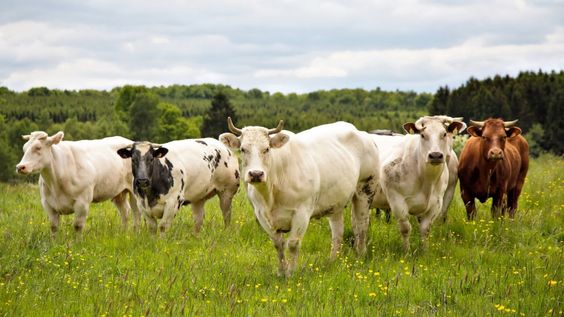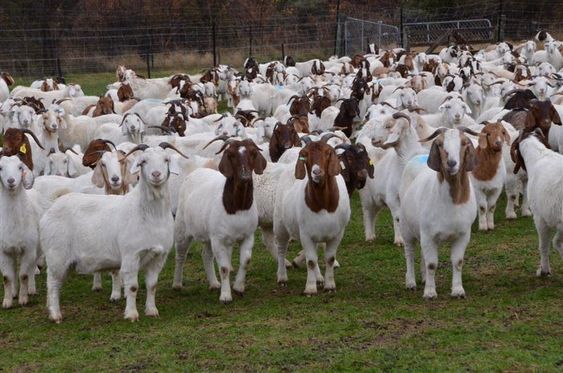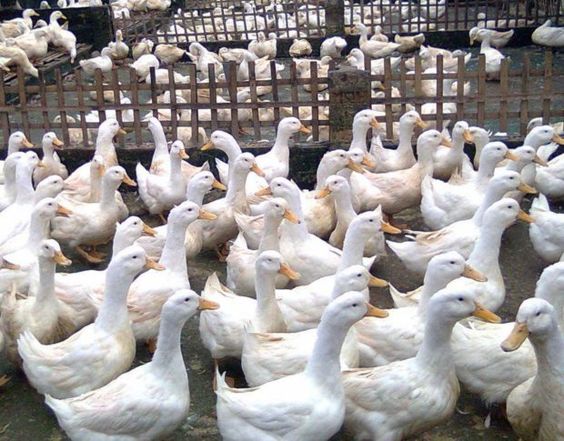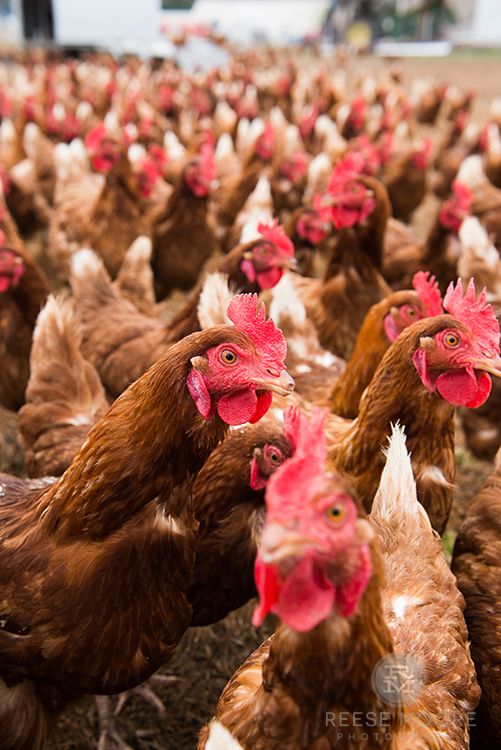Livestock Health Cultivation: Ensuring a Sustainable Future
Livestock health cultivation is a fundamental aspect of modern agriculture that ensures the well-being of animals while optimizing productivity and sustainability. It encompasses various practices and strategies designed to maintain and enhance the health of livestock, which directly impacts the quality and quantity of animal products. As global demand for meat, dairy, and other animal products increases, effective livestock health cultivation becomes crucial for meeting these demands while addressing environmental and ethical concerns.
Livestock health cultivation involves the systematic management of animal health to prevent diseases, manage conditions, and promote overall well-being. It includes practices such as disease prevention, nutrition management, environmental control, and regular health monitoring. The goal is to create an environment where animals can thrive, which in turn ensures the production of high-quality animal products and supports sustainable farming practices.
Benefits of Livestock Health Cultivation
- Improved Animal Welfare: By focusing on health and well-being, livestock health cultivation ensures that animals live in conditions that promote their physical and mental health. This leads to higher welfare standards and reduces stress and discomfort for the animals.
- Enhanced Productivity: Healthy animals are more productive. Effective health management practices result in increased growth rates, higher milk yields, and better reproductive performance. This translates into improved economic returns for farmers and producers.
- Reduced Disease Incidence: Prevention is better than cure. Implementing health cultivation practices helps in minimizing the occurrence of diseases. Vaccination, proper hygiene, and biosecurity measures reduce the risk of outbreaks and the need for costly treatments.
- Sustainability: Sustainable livestock health practices contribute to environmental conservation. Healthy animals are more efficient in their feed conversion, which means less waste and a reduced environmental footprint. Additionally, managing health effectively can lead to better resource utilization.
- Consumer Confidence: High standards of animal health and welfare enhance the quality and safety of animal products, which builds consumer trust. Transparent health practices and certifications can boost marketability and consumer preference.

Goals of Livestock Health Cultivation
- Disease Prevention and Management: One of the primary goals is to prevent the occurrence and spread of diseases through vaccination, sanitation, and health monitoring. Early detection and prompt treatment of illnesses are crucial for effective management.
- Optimal Nutrition: Providing balanced and nutritious diets tailored to the specific needs of different livestock species is essential for maintaining health and enhancing productivity. Nutritional management includes formulating diets, supplementing feed, and ensuring access to clean water.
- Comfortable Housing: Designing and maintaining housing that protects animals from extreme weather, provides adequate ventilation, and ensures proper space helps in reducing stress and promoting overall well-being.
- Monitoring and Record-Keeping: Regular health checks, monitoring, and accurate record-keeping are essential for tracking the health status of animals and making informed management decisions. This includes tracking vaccinations, treatments, and growth rates.
- Education and Training: Providing farmers and livestock handlers with the knowledge and skills required for effective health management is crucial. Training programs and educational resources help in implementing best practices and staying updated with advancements in livestock health.
Ideas for Effective Livestock Health Cultivation
- Integrated Pest Management (IPM): Implementing IPM strategies to control parasites and pests can reduce the reliance on chemical treatments and minimize environmental impact. IPM combines biological, cultural, and mechanical methods to manage pest populations.
- Precision Livestock Farming (PLF): Utilizing technology such as sensors, wearables, and data analytics to monitor individual animals can provide real-time information on health and performance. This allows for early intervention and personalized care.
- Biosecurity Measures: Establishing robust biosecurity protocols to prevent the introduction and spread of diseases is essential. This includes controlling access to animal areas, disinfecting equipment, and managing waste properly.
- Holistic Health Approaches: Adopting holistic approaches that consider the interplay between animal health, environment, and management practices can lead to more sustainable and effective health cultivation. This includes integrating aspects of animal behavior, genetics, and environmental enrichment.
- Community Collaboration: Working with veterinary professionals, researchers, and other stakeholders can enhance livestock health practices. Collaboration facilitates knowledge exchange, access to resources, and the implementation of innovative solutions.

Topic Suggestions for Further Exploration
- The Role of Genetics in Livestock Health: Investigating how selective breeding and genetic improvements can enhance disease resistance and overall health in livestock.
- Advances in Veterinary Medicine for Livestock: Exploring the latest developments in veterinary care and their impact on livestock health management.
- Sustainable Feed Practices: Examining the relationship between feed quality, nutrition, and livestock health, and exploring sustainable alternatives to conventional feed sources.
- Animal Welfare and Ethical Considerations: Delving into the ethical aspects of livestock health cultivation and how improving welfare standards aligns with consumer expectations and regulatory requirements.
- Economic Implications of Livestock Health Management: Analyzing the financial aspects of investing in health cultivation practices, including cost-benefit analyses and long-term economic impacts.
Advantages of Livestock Health Cultivation
- Cost Efficiency: Investing in health management practices can lead to long-term cost savings by reducing the need for treatments, minimizing losses due to diseases, and enhancing overall productivity.
- Quality Assurance: Consistent health management practices ensure the production of high-quality animal products, which can command higher market prices and meet consumer demands for safe and ethical products.
- Risk Reduction: Effective health management reduces the risk of disease outbreaks, which can have severe economic and reputational consequences. It also mitigates the risk of regulatory penalties and compliance issues.
- Long-Term Sustainability: Sustainable health practices contribute to the longevity of livestock operations by ensuring the well-being of animals, protecting natural resources, and maintaining environmental balance.
- Enhanced Reputation: Adopting and promoting high standards of animal health can enhance the reputation of livestock producers and brands, leading to increased consumer loyalty and market competitiveness.
Livestock health cultivation is a cornerstone of modern agriculture, playing a critical role in ensuring the well-being of animals and the sustainability of farming practices. By focusing on disease prevention, optimal nutrition, comfortable housing, and effective management strategies, livestock producers can achieve enhanced productivity, improved animal welfare, and reduced environmental impact. The benefits extend beyond individual farms to the broader agricultural industry and consumer market. Embracing innovative ideas, staying informed about advancements, and collaborating with experts are essential for advancing livestock health cultivation and securing a sustainable future for agriculture.






